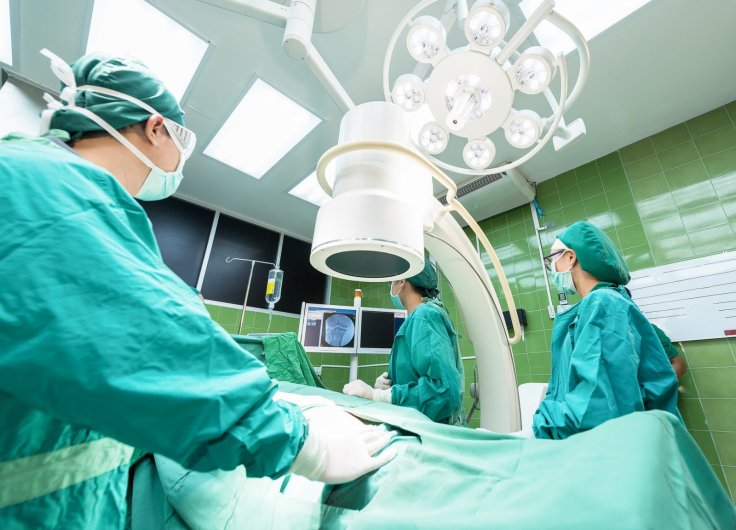A new research shows that the mouth is a robust place for infection and transmission of the coronavirus or COVID-19, as per a new study published on October 27. A group of scientists led by the University of North Carolina at Chapel Hill and thwe National Institute of Dental and Craniofacial Research reveals that the virus can take hold in the salivary glands as it replicates and in few cases causes prolonged disease when infected saliva gets swallowed into the gastrointestinal tract or the lungs where it can lead to pneumonia.
While the majority of the coronavirus research had focused on the lungs and nose, this is the first research for identifying the mouth as a primary site for the infection and underscores the importance of wearing a mask and physical distancing. The results were not peer-reviewed.
"Our results show oral infection of COVID-19 may be underappreciated," the senior study author Kevin M. Byrd, who is the research instructor at the UNC-Chapel Hill Adams School of Dentistry and the Anthony R. Volpe Research Scholar at the American Dental Association Science and Research Institute mentioned. "Like a nasal infection, the oral infection could underlie the asymptomatic spread that makes this disease so hard to contain," they said as reported by Medical Xpress.
COVID-19 and Mouth

Byrd along with Blake Wartner, who is the chief of the Salivary Disorders Unit at the NIDCR, coordinated the study conducted at the National Institutes of Health, UNC Marsico, Wellcome Sanger Institute, and the J. Craig Venter Institute.
Scientists are starting to explore the oral symptoms patients witness during COVID-19 like a loss of taste or smell and continuous dry mouth. In the research, the scientists report the preliminary results of a clinical trial conducted with 40 subjects having coronavirus that showed sloughed epithelial cells lining the mouth can be infected with the virus. The amount of the virus in the saliva of the patient was positively correlated with the smell changes and taste, as per the study.
Depending on the oral cell identity maps, scientists also looked at where inside the mouth the virus infects. They studied the oral tissues with the highest levels of the ACE2, the receptor which helps coronavirus invade the human cells. Based on the ACE2 expression and the analysis of cadaver tissue, the likely places of infection inside the mouth are tongue, salivary glands, and tonsil, the study showed.
The discoveries provide more evidence of the role of saliva in coronavirus. The infection specifically in the mouth can permit the spread of the virus internally and to others as the infected person talks, coughs, and breathes. The scientists started probing early in the pandemic and following six months of collaboration have given new insights on ways the infection affects the throat and mouth.
The deadly virus outbreak has created a major stir around the world in recent times infecting more than 43.9 million people globally and has claimed the lives of over 1.1 million people worldwide in more than 170 countries.









